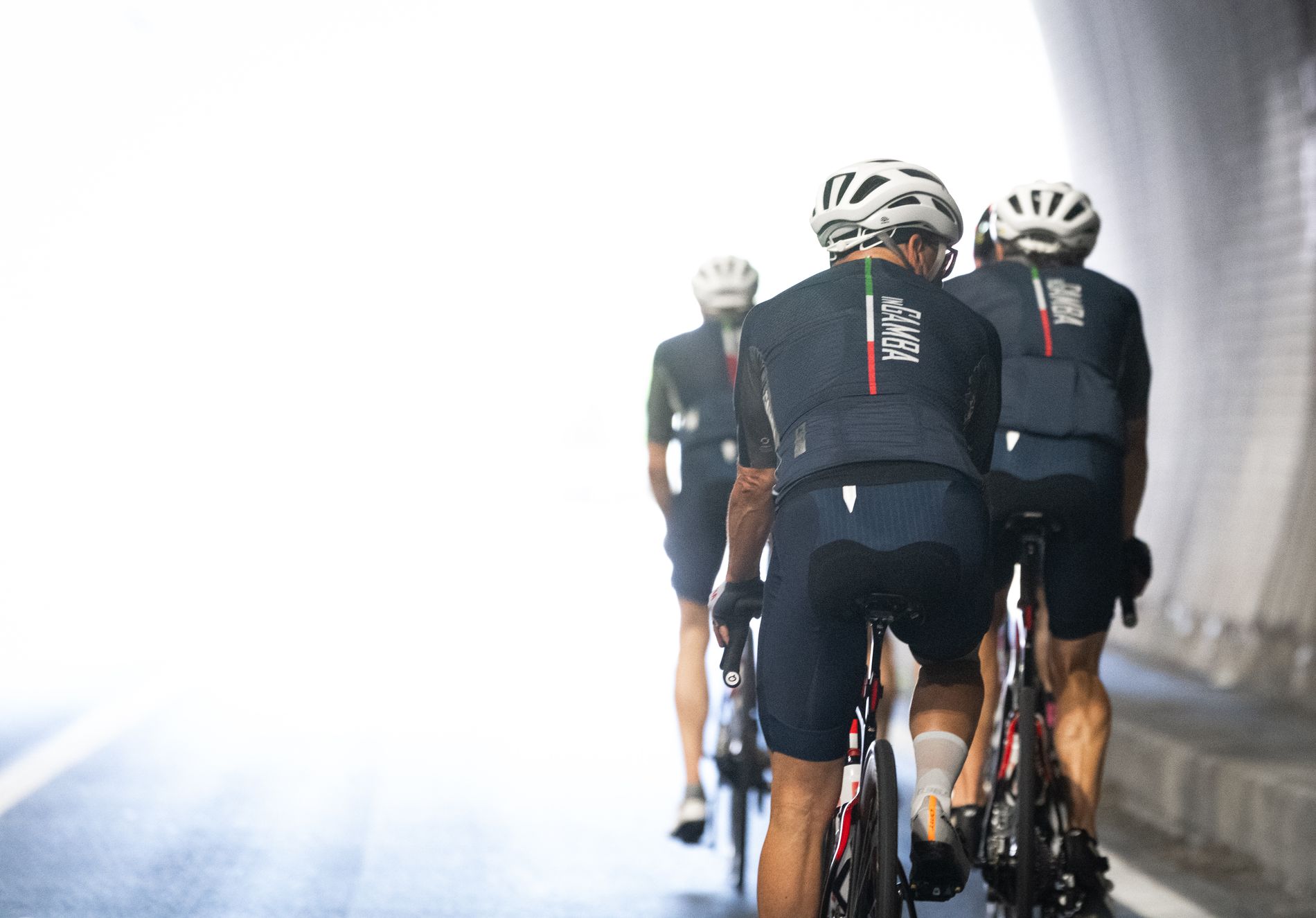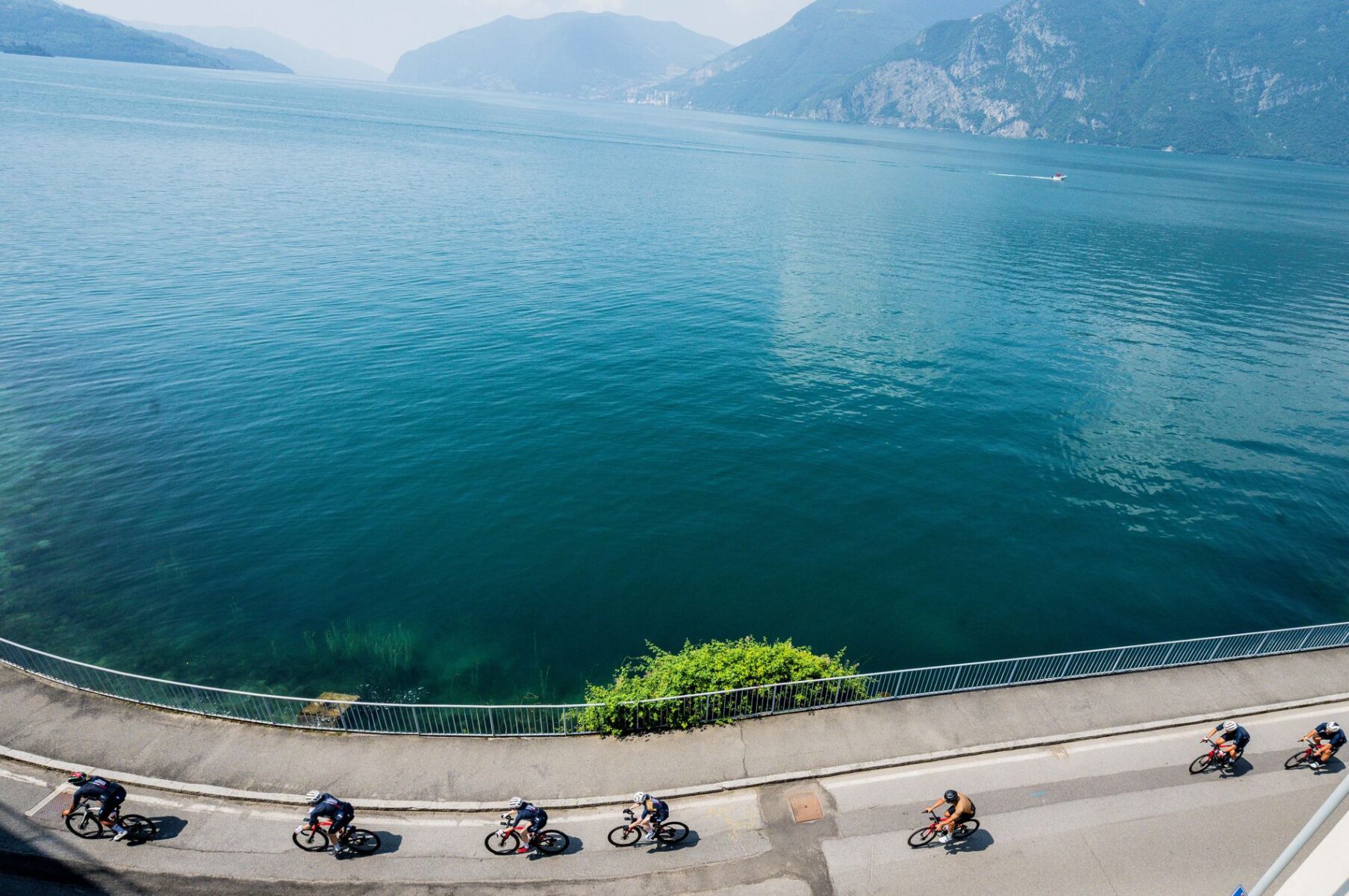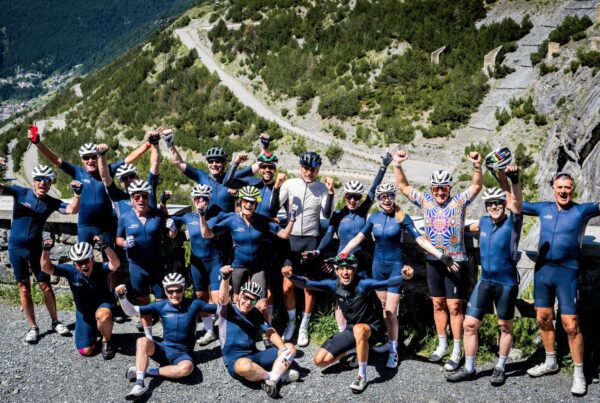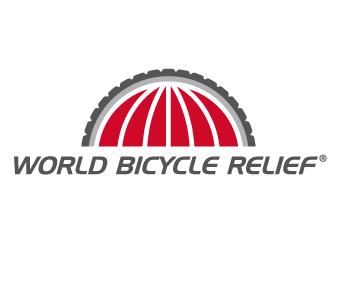For athletes used to timing chips and structured goals, a bike tour can offer a welcome change—an unstructured event with no finish line but a challenge nonetheless that helps them discover new places and fall back in love with the simple joy of riding a bike.
A bike tour is a fun vacation, allowing you to pedal in beautiful destinations and experience new cultures. But a minimum amount of preparation will only make your trip more enjoyable? Sure, you can do some bike tours with relatively limited prior riding experience—and ebikes are becoming a more common trip option with inGamba’s riders—but trips are often more satisfying and fun when you’re feeling fit and ready to tackle big days on the bike.
Why train for a bike tour?
A bike tour is a fun vacation, allowing you to pedal in far-flung destinations and experience new cultures. So, why would you need to train for one? While you can absolutely do some bike tours with relatively limited prior riding experience and ebikes are becoming a more common trip option, these trips are often more satisfying and fun when you’re feeling fit and ready to tackle big days on the bike.
Research has also shown that pre-vacation anticipation, including planning and preparing, can actually be as happiness-inducing as the trip itself. That’s right: Training for your bike tour, especially if it’s an adventure you’ve been planning for years—like an inGamba trip to a bucket list destination like Tuscany, the Azores, or Le Marche or you’re joining a tour to ride one of the cobbled Classics with a former WorldTour pro who can tell you all the insider intel about the route—can give you feelings of satisfaction and happiness long before your flight to Italy even departs.
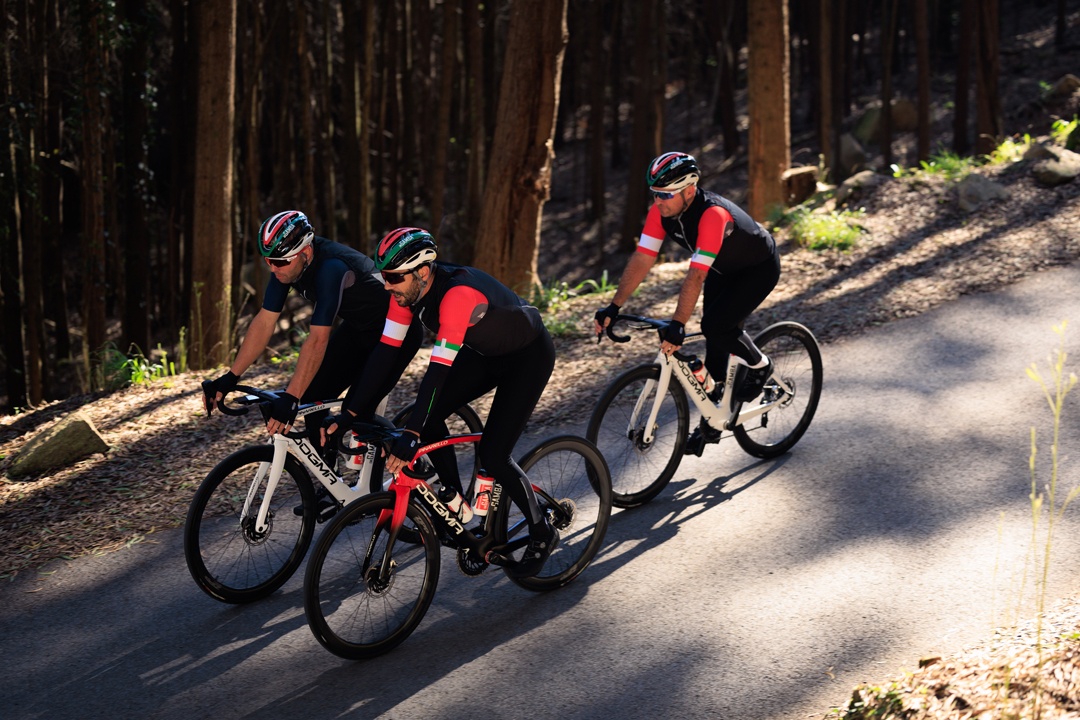
What to look for when prepping for your bike tour
Check the stats: Not all bike tours are created equal! Even within a company, daily distance and total elevation can vary from trip to trip. Some of inGamba’s tours are climbing focused, like the adventures in the Dolomites, while some are a bit more mild, like the Le Marche tour along the Adriatic Sea. A good touring company will share distance and elevation stats for each of the days of riding on their website so you can compare and consider what makes sense for you. Use that information and compare it to your last few months of riding, looking at your log on Training Peaks and your riding activities. Have you done similar rides, or will those climbing days be your biggest ever? Some people love a hard challenge on a bike tour, others want to simply enjoy the time on the bike. Make sure you understand what you’re signing up for—this helps you prepare accordingly.
Check the terrain: Now that gravel riding is becoming more popular, more and more bike tours are offering gravel cycling tours. At inGamba, there’s a new gravel trip that’s a twist on the classic Tuscany trip, focusing on the white gravel roads that made the Strade Bianche race the legend that it is. Gravel roads on your tour mean you should have some experience with handling a gravel bike on rough roads—and you’ll need to remember that 50 miles of gravel will go slower than 50 miles of road.
Consider e-bike options: If you know you’ll have limited time to prepare for a bike tour, look for one that has e-bike options available for riders to rent. For example, some of inGamba’s trips offer an option to use the Pinarello Nytro e-bike, which allows a less seasoned rider to keep up with the pack. The great part about e-assist bikes is that you can still opt to spend much of your time pedaling hard, but then add a little extra power on sections where you’re struggling. If you haven’t been able to train as much as you’d like and you prefer to ride fairly quickly, an e-bike lets you keep up with a more advanced tour where you’re riding relatively big miles each day. (E-bikes can also be a great option if you’re considering a bike tour with a spouse who’s less of a cycling enthusiast.)
How to train for a bike tour
Most people going on bike tours aren’t professional cyclists with unlimited hours for training. In fact, with inGamba tours, most of the cyclists are busy executives who are only able to ride a few hours each week at home—or are spending time traveling for work and trying to train in hotel gyms instead of on their local hills. Fortunately, you can still be ready to make the most out of your bike tour in only a few hours a week of training, and you’ll reap the fitness and health benefits at the same time.
Focus on Consistency
Consistency is the watchword for cycling coach Peter Glassford. He says that most cyclists trying to get ready for a tour tend to have a ‘weekend warrior’ mindset where they prioritize doing huge rides on weekends whenever possible, then spend the entire week recovering from their efforts. He’d rather see cyclists riding consistently—ideally four to six days per week—even if those rides are much shorter. “On bike tours, you’re riding every day, not just one day with six days off,” he says. “Consistently riding most days is the best thing you can do for yourself, even if that looks like something as short as pedaling on the trainer for 30 minutes.”
Emulate Your Trip’s Biggest Challenges
If you know that your trip will have a lot of climbing, that means you should be including climbs on most of your rides, says Glassford. The same is true if your trip is going to include a lot of gravel—train on gravel roads whenever possible. And for some riders, the biggest challenge of any trip isn’t the terrain, it’s the group ride component. If it’s been a while since you’ve ridden with other people and drafted behind other cyclists, prioritize getting out on rides with friends or your local cycling club. Because drafting can lower your workload on the bike by up to 50 percent, it’s hugely important on a tour. If you can’t stick to another rider’s wheel, you’ll be doing significantly more work than everyone else.
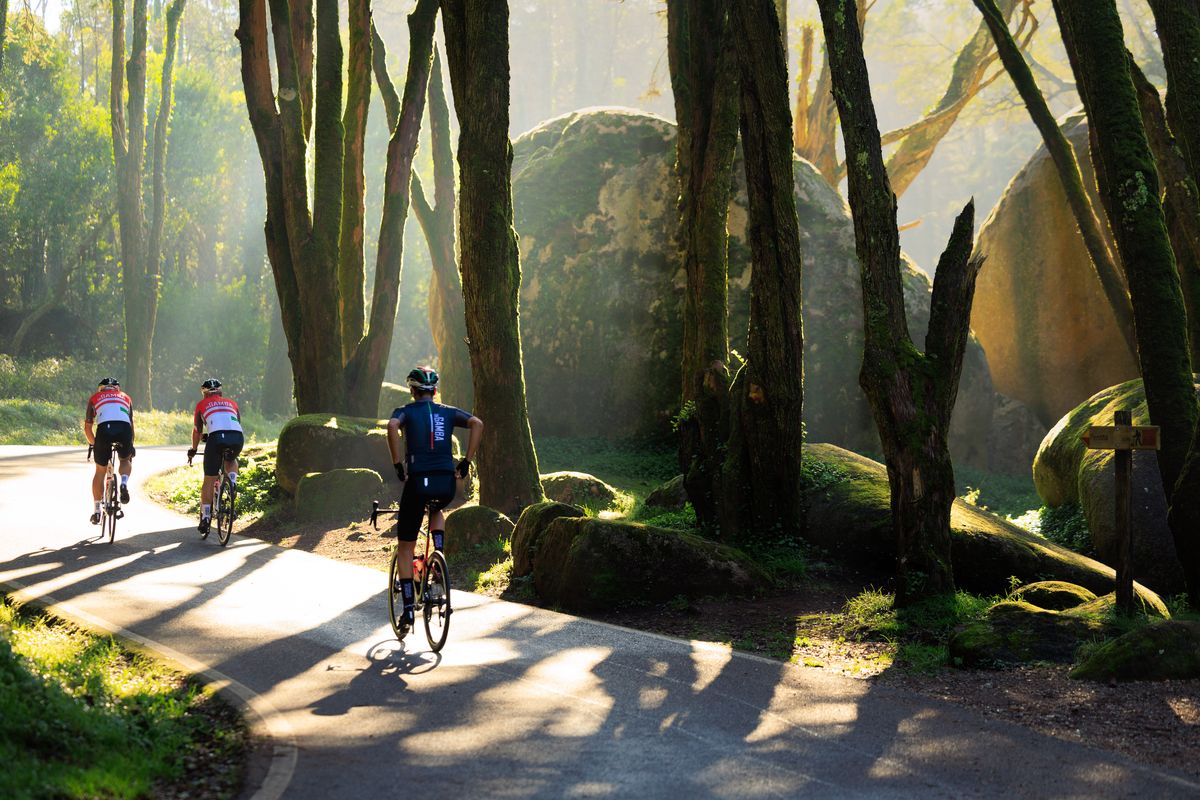
Include Long Rides
Yes, long rides are helpful! While consistency is important, try to make time for at least a couple of longer rides that come close to what you’ll experience on the tour. Ideally, make these rides social so you can also practice drafting (and finish faster thanks to that reduced effort). While not every weekend needs to include an ultra-long adventure, making time for at least one long ride each month, ideally followed by a ride the next day, will help your body build up that endurance and durability.
Make Everyday Movement a Priority
Glassford is a big fan of adding more off-bike movement into your days as well. Often, people who sign up for bike tours are people who work at a desk all day, and there are major fitness gains to be made simply by getting up and walking around, doing some air squats at your desk between meetings, and taking the stairs. And because most bike tours are done at endurance ride pace, walking stimulates the physiological systems that you’ll be using the most on the trip. “We often see that coaching clients who have dogs that need to be walked every day end up getting fitter faster,” Glassford adds. “Even though the walk doesn’t seem like an extra workout, it makes a big difference as you’re building up fitness.”
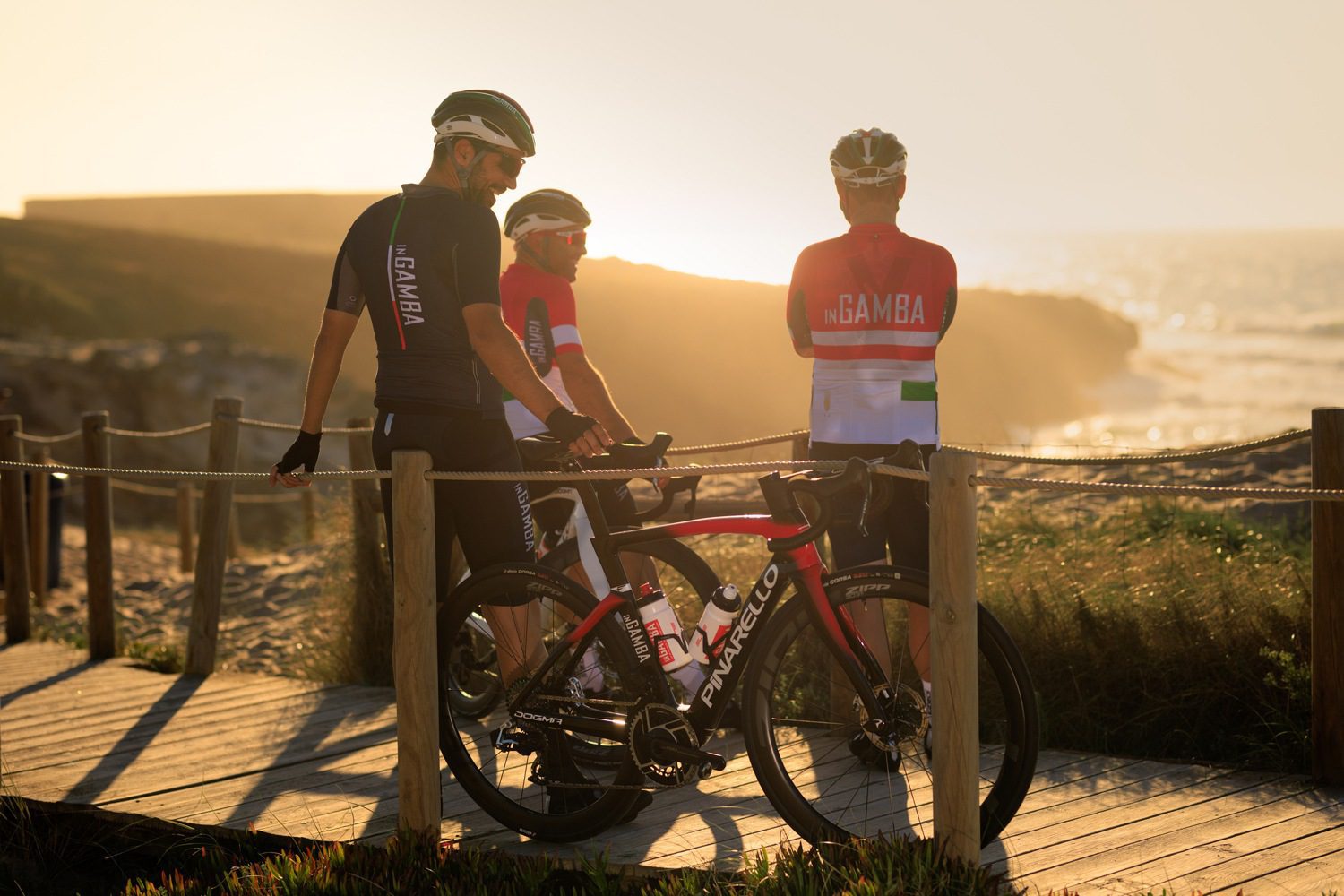
Follow a Plan
All of the above tips are much easier to do when you’re following a simple training plan that lays out a weekly routine of rides, including longer rides and shorter, harder efforts, to keep you on track until your big trip. Following something like the inGamba 3-Month Tour Preparation Plan can be extremely beneficial for any cycling trip. While many base training plans assume you have 12+ hours per week to train, this tour-focused plan focuses on the most efficient training schedule and assumes that the people joining the trip are busy and have minimal time to train, especially during the week.
Have fun
Finally, when preparing for a bike tour, use the rides to visualize the rolling hills of Tuscany, the glistening coastline of Portugal, the brutal mountain passes in the Dolomites—get excited about your upcoming trip! Training for it not only guarantees that you’ll show up on Day 1 feeling confident and ready to enjoy your tour to the fullest, it also provides you with that positive pre-trip anticipation, effectively extending the feelings of satisfaction from your tour.
If you’re unsure if you’re fit enough for a tour, pop into our chat on the homepage or send us a note via our Contact form, and we’ll help you choose the right trip for your current fitness level.
